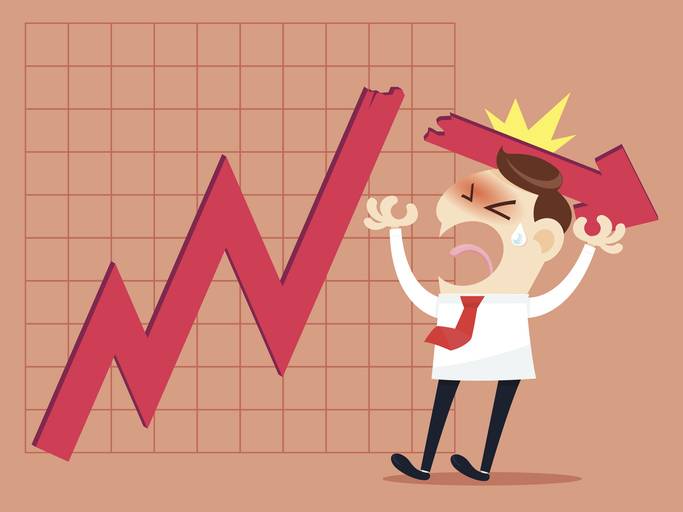Stock market performance is often a reflection of numerous intertwined global factors. In August 2023, both the Dow Jones Industrial Average and the S&P 500 experienced declines. Let’s delve into the reasons behind this dip.
Inflation Worries
Inflation Concerns: In July, the consumer price index (CPI) showed a year-over-year increase of 5.4%, the most pronounced rise since 2008. This sparked concerns among investors about the possible repercussions of this rising inflation on the U.S. economy’s recuperation and the Federal Reserve’s monetary strategies. Although the Fed insisted that this inflation spike was temporary and would not prematurely end its bond-buying initiative or increase interest rates, some in the market sphere expressed doubts.
Bond Market Warning Signs
Declining Yields: The yield of the 10-year Treasury note, which often reflects borrowing costs and the broader economic sentiment, went down to under 1.3% in August. It was notably higher at 1.75% in March. This decline suggests a surge in demand for the relative safety of bonds and a waning optimism about growth and inflation.
Flattening Yield Curve: Some market observers interpret a diminishing difference between short-term and long-term rates, known as the yield curve flattening, as a harbinger of a looming recession.
China’s Economic Hurdles
Regulatory Measures and Health Crises: China, a key global economic player and significant trading partner for the U.S., encountered a multitude of challenges. These encompassed stringent regulations on its technology sector, a re-emergence of Covid-19 cases, massive debt issues with property mogul Evergrande, and increased geopolitical frictions with the U.S. and other countries. A clear manifestation of China’s economic slowdown was the fall of its official manufacturing purchasing managers’ index (PMI) to a mere 50.1 in August.
Other Influences: In addition to the factors above, the ongoing Delta variant of Covid-19, developments in Afghanistan, and the impending U.S. Congressional debate on the debt ceiling added to the stock market’s instability in August.
What Lies Ahead: September 2023 and Beyond
Optimistic Projections: Tom Lee from Fundstrat anticipates a rally for the S&P 500, suggesting it might revisit its 2023 peak of 4,600. He believes that cooling economic temperatures, a stable stance from the Fed on interest rates, prevalent bearish sentiments in August, and historical trends indicating September as a robust month for stocks will drive this uplift.
Pessimistic Forecasts: Contrarily, David Rosenberg from Rosenberg Research has expressed concerns of a repeat of the previous year’s sharp stock market decline. He cites the very issues that caused the August downturn as continuing threats. Moreover, he’s of the opinion that the S&P 500 is greatly overvalued, both in historical terms and compared to other assets.
Neutral Predictions: The website Long Forecast has given a modest prediction, estimating the S&P 500 to close September at 4,500, which is a 0.72% increase from the month’s start. They also anticipate that by the end of 2023, the index will ascend to 5,010, marking a 12.15% increase from its current position.
Regardless of varying predictions, what’s clear is that both domestic and international events significantly influence the stock market’s performance. Monitoring these developments is crucial for understanding market fluctuations and making informed investment decisions.





